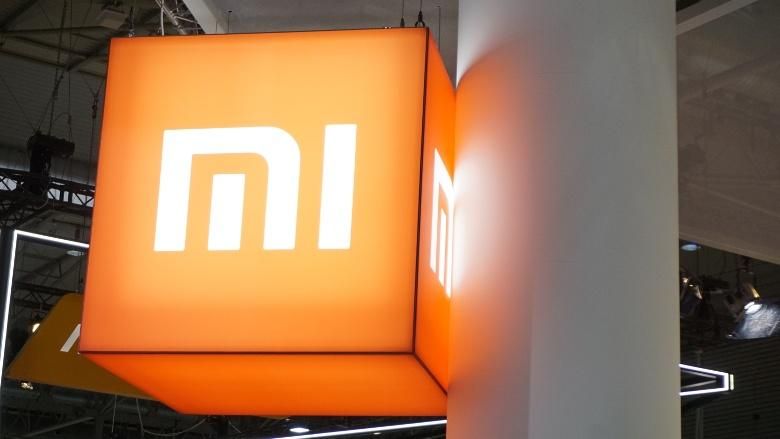Xiaomi is on track to not only sell more phones, but make more money off of them. The newly-public company has announced summer quarter revenues on the order of ¥50.8 billion or $7.32 billion — up 49 percent from the year-ago quarter.
The Chinese manufacturer shipped 33.3 million phones in the three months, up 20 percent from 2017, and managed an average sales price of ¥1,052 or $151.46. That number has been steadily rising with increasing adoption of its Mi flagship phones and expansion of sales to higher-priced markets like Western Europe, though the vast majority of sales remain in China with the Redmi budget series.
While smartphone sales make up the majority of the raw revenue numbers, Xiaomi retains most of its profits from internet services. Revenues jumped more than 85 percent from last year to ¥4.7 billion — most of that growth is thanks to increased ad buy-in. MIUI monthly average users have also grown significantly to 224 million.
Interestingly, while Xiaomi CEO Lei Jun publicly pledged to leash profit margins on smartphones, Internet of Things and lifestyle hardware after tax to a maximum of 5 percent, this quarter’s margins were marked at about 7.2 percent before taxes. For internet services? 68.4 percent.
Overall, operating turnover was 38 percent lower year-over-year at ¥2.2 billion — currency fluctuations negatively impacted the result, though a lot of money was pushed into advertising, administration, research and development and other internal departments.
At the same time, Xiaomi also announced that it has agreed to begin manufacturing smartphones and other products for Meitu under its brand. Meitu, which prides itself on selfie-centric hardware, will be focused solely on camera software. It is not immediately clear if MIUI will be loaded onto Meitu phones.
The deal will see Xiaomi split off 10 percent of gross sales in the early stages before guaranteed annual payments of at least $10 million for 30 years.

